The United Porphyrias Association is proud to work closely with the porphyria experts on the UPA's Scientific Advisory Board and at the Porphyrias Consortium.
We're pleased to introduce our Experts in Action where we'll feature:
Sign up to never miss a feature!
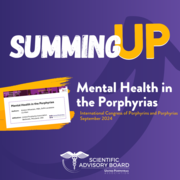
This study involved focus groups with porphyria patients to explore the emotional and psychological challenges they face. Participants discussed their lived experiences, shared coping strategies, and offered recommendations for additional support to improve their quality of life.
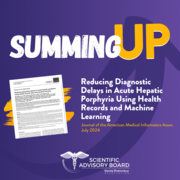
People with symptomatic acute hepatic porphyria (AHP- includes AIP, VP and HCP) often wait about 15 years to get diagnosed, which is too long. This research used information from electronic health records (EHR) and machine learning (ML) to see if they could find people with AHP faster.
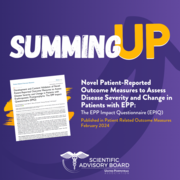
Having a standardized questionnaire tool is important for evaluating the effectiveness and impact of new treatments for EPP. Regulators like the FDA will consider improvements in quality of life, along with other factors, when deciding whether to approve new treatments. This research developed a questionnaire to evaluate the impact of EPP on health-related quality of life (HRQL) called the EPP Impact Questionnaire or EPIQ.
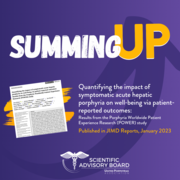
Up to this point, most research that has been published about AHP has focused on symptoms and care during an acute attack. This research looks at the full burden of acute hepatic porphyrias (AHP, includes AIP, HCP and VP) on patients from around the world.
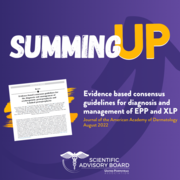
This article provides guidelines for the diagnosis, treatment and management of erythropoietic protoporphyria (EPP) and X-linked protoporphyria (XLP).

Surgery and the use of anesthesia require special considerations for patients with acute hepatic porphyrias (AIP, VP and HCP). Learn more about the recommended precautions for the period before, during and after an operation for patients with AHP.

Liver dysfunction is a rare but very real possibility for people with EPP and XLP. These guidelines provide recommendations for the diagnosis, monitoring and treatment of liver-related dysfunction in protoporphyrias (EPP and XLP).

In this Summing UP, researchers looked at 28 years of medical records to identify if women with AHP and their babies were at increased risk of pregnancy complications.
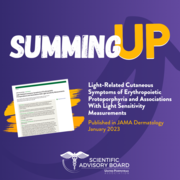
This research describes some important features of EPP including prodromal (warning) symptoms, a priming effect from previous light exposure, and lack of visible symptoms among many patients.

This article provides an overview of the different types of pain in acute hepatic porphyria (AIP, VP, HCP, ADP) and how they may be treated.